Discover the insights of a freelance graphic designer who tested Adobe’s Project Firefly. Can AI fully replace human creativity? Find out here. #AIWhylive

my personal Noli Me Tangere against modern tyrants


Join us as we pay tribute to the venerable typewriter, a device that once recorded our lives one letter at a time, now a fading echo in the halls of obsolete technologies. Let’s reflect on the cycle of disruption and embrace progress while honoring the technologies of yesteryear. #TypewriterMemorial, #AIWhyLive




Discover how AI-powered freelance writing can unleash your creativity, boost your earnings, and revolutionize the Philippine writing landscape. Embrace the future of freelance writing and embark on an extraordinary journey to amplify your potential and success. Explore the limitless possibilities of AI and revolutionize your career in the vibrant Philippines. #AIWhyLIve


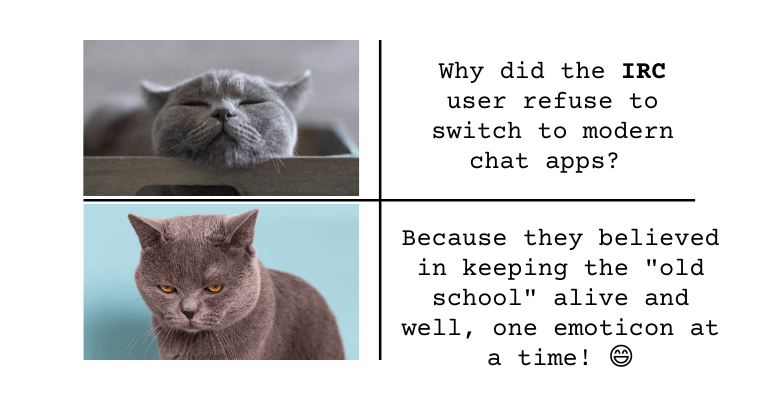



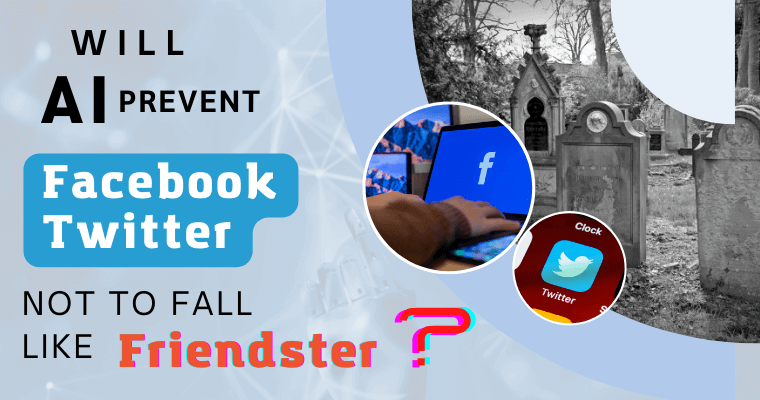








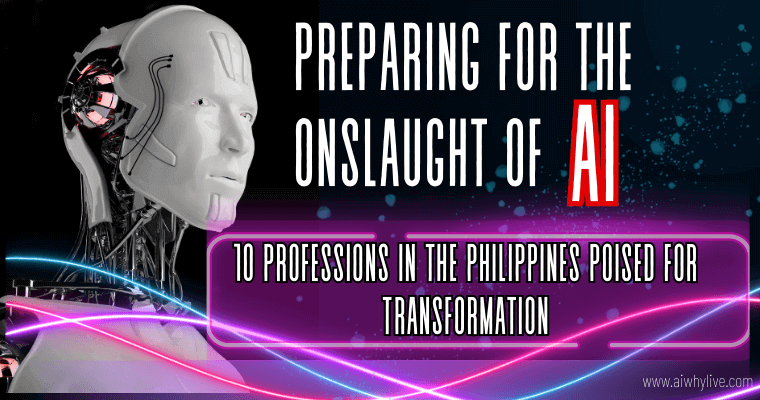


Discover the most frequently used prompts in the Philippines and globally with Bard, Google’s AI-powered language model. From love poems to cultural inquiries, Bard satisfies our curiosity and helps with creative content, translations, and more. Explore the top prompts and see how Bard captures the interests of Filipinos and people worldwide. #AIWhyLive
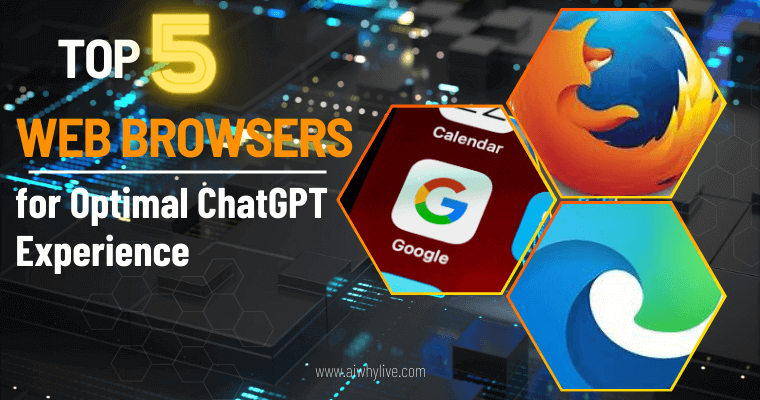

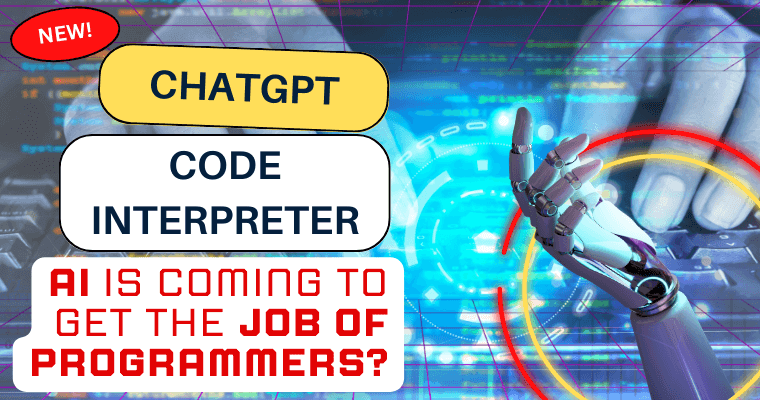

Google’s conversational AI service, Bard, has received a major update, including Google Lens and new features. Explore the possibilities of creativity and collaboration with Bard’s improved organization and sharing options. Modify Bard’s responses to suit your style. Learn more and sign up for the waitlist. #AIWhyLive

